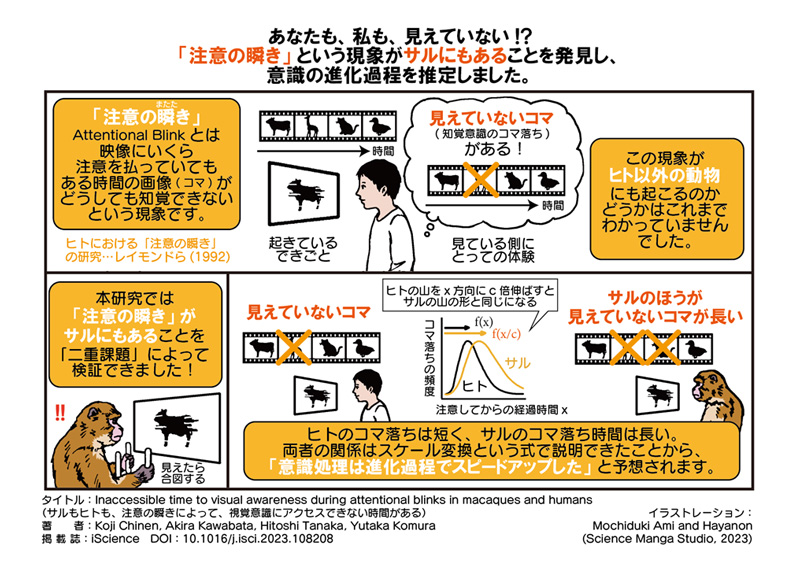2023-10-31 ノースカロライナ州立大学(NCState)
◆研究者は、マラウイの2つの都市近郊にあるピットラトリンから廃棄物サンプルを収集し、遺伝子シーケンシングを使用して微生物の種類と相対的な存在量を特定しました。
◆この研究は、新しいピットラトリン管理技術の開発に役立つ情報を提供し、感染症のリスク低減に貢献できる可能性があります。また、ピットラトリンのパスの監視を通じて疫病の発生リスクを低減するための科学的ツールとしての概念証明も行われました。
<関連情報>
- https://news.ncsu.edu/2023/10/pit-latrine-ecology/
- https://journals.plos.org/water/article?id=10.1371/journal.pwat.0000171
マラウイ周辺都市のピット型便所における微生物群集機能と細菌病原体組成 Microbial community function and bacterial pathogen composition in pit latrines in peri-urban Malawi
Savanna K. Smith,Benjamin B. Risk,Rochelle H. Holm,Elizabeth Tilley,Petros Chigwechokha,Drew Capone,Joe Brown,Francis L. de los Reyes III
PLOS Water Published: October 18, 2023
DOI:https://doi.org/10.1371/journal.pwat.0000171
Abstract
Despite the widespread global reliance on pit latrines as improved sanitation systems, the decomposition of waste within pit latrines is poorly understood. One area needing elucidation is the characterization and function of microbial communities within pit latrines. To address this gap, we characterized the microbial communities of 55 lined pit latrines at three sampling layers from two communities in peri-urban Malawi. The microbial communities of the fecal sludge samples were analyzed for beta diversity, pathogen presence, and functional profiling. Household surveys were conducted and used to compare microbial community patterns to household characteristics and pit latrine use patterns. Compared to activated sludge, anaerobic digestion in municipal wastewater systems, and human gut microbiomes, pit latrines were found to contain unique microbial communities. While the microbial community composition as a whole did not vary by sampling depth, pathogen composition varied by sampling depth, location, and household water source. The inferred microbial function also varied by depth (e.g., increase in methanogens and decrease in aerobes with depth). The richness of lined pit latrines determined from surface samples from eight latrines was found to be representative for a given area. Samples from middle and lower depths collected using a Gulper pump did not provide more information on richness, a result that informs future sampling designs. These findings are important for improving waste-based epidemiology (WBE) approaches to understand community health and waste degradation characterization of lined pit latrines.


